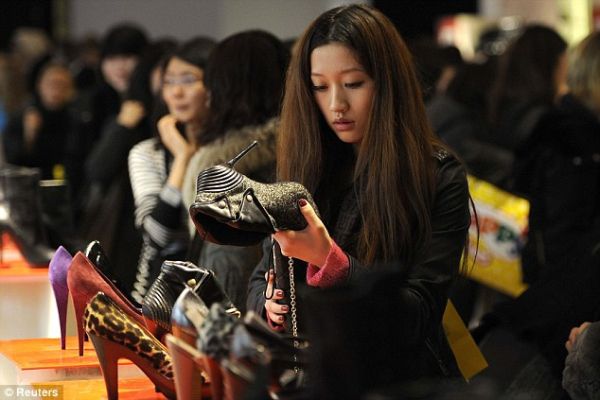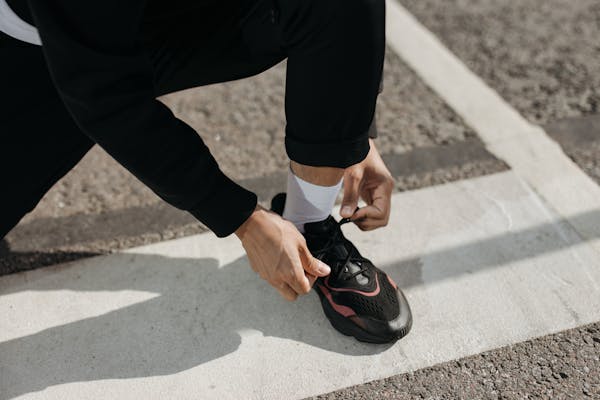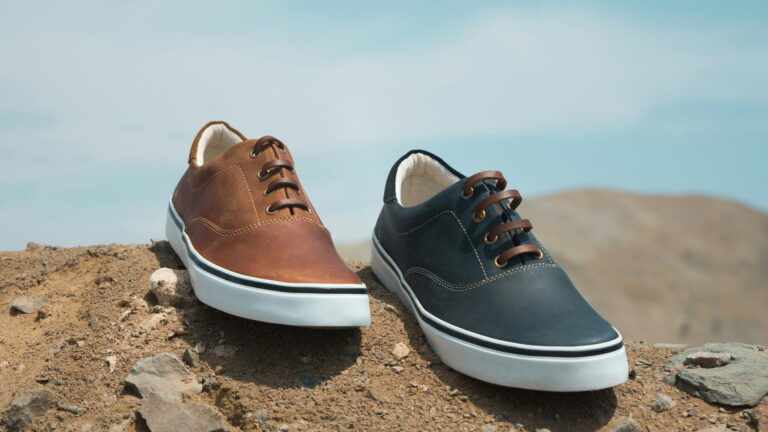Despite a slowdown in China’s overall luxury market, a plummeting stock exchange in 2015 and prediction of a prolonged bear market, some luxury brands’ executives remain optimistic about the luxury industry. Michele Norsa, chief operating officer of Salvatore Ferragamo, affirms that “the mood if you look at different categories, is still of growth.” Figures also predict a similar scenario: by 2020, a seven-fold increase in luxury sales revenue to around €74 billion euros expected in China. Globally, accessories are the leading category of the luxury goods and amount to 30% of the global luxury market. Within the accessories category, high-end shoes market growth is particularly significant, as it continues to grow by 4% at constant exchange rate and
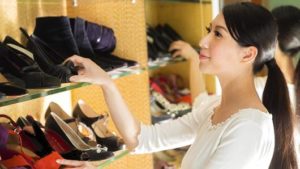
reaches €16 billion in retail sales value in 2015. What about China’s luxury shoes market?
Brief overview of China’s luxury shoes market
According to Euromonitor International, sales in Chinese footwear market in 2015 amounted to RMB 354 billion. Sales are estimated to reach RMB 370 billion in 2016. The Chinese footwear market will continue to grow at an average rate of 7%.
The market divided into three segments. The first one includes imported brands, mainly from the US and European countries such as Italy and Spain. These brands dominate the high-end market. The second segment consists of brands of Sino-foreign joint-venture enterprises, mostly from Hong Kong and Taiwan. With their financial strength and successful design, they account for the lion’s share of the medium-range market even though some domestic brands have successfully established their presence in this market segment in China. Brands of the multitude of local manufacturers represent the third segment of the market, namely the low-end market.
Focus on Chinese female consumers and China’s luxury shoes market
Women’s footwear dominates the Chinese footwear market, which accounts for more than 50% share in the total domestic footwear sales. Chinese women constitute an increasingly attractive target for luxury brands. Since women are becoming more independent and richer, they buy for themselves, and they now comprise around half of all Chinese luxury buyers. Focusing on the luxury shoe market in China, Chinese women’s favorite brands are Hermès, Prada, Chanel, Louis Vuitton, Gucci, Bally, Salvatore Ferragamo and TOD’S. Brands such as Stuart Weitzman, Giuseppe Zanotti, Christian Louboutin, and Jimmy Choo have all expanded their presence on the Chinese mainland.
Chinese women purchasing behavior
One particular feature of the acquisition of luxury shoes is that they often are the first luxury good Chinese women buy. “For a lot of customers, footwear is their first entry point into luxury,” explains Peter Harris, president of the Pedder Group. In fact, buying a luxury handbag that costs between 15,000 and 20,000 RMB are a more significant decision than the purchase of a pair of luxury shoes. Owning luxury shoes is a status symbol for Chinese women consumers as any luxury food is, but it is also a way to express self-image. However, Chinese female shoppers are more likely to purchase a pair of luxury shoes as a self-reward gift than Chinese men. Exclusivity is an important criterion f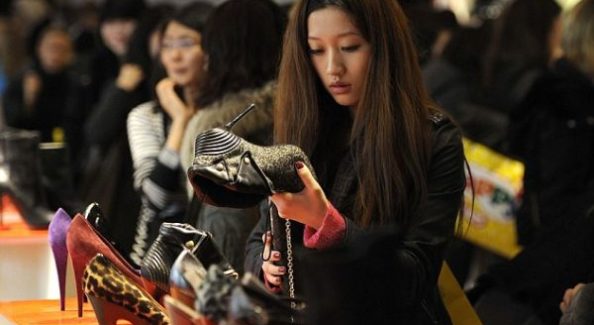 or Chinese luxury brands female consumers. The barometer Promise Consulting – BNP Exane “Exclusivity & Desirability” 2015 reveals that exclusivity is directly linked to a luxury brand desirability. The five most exclusive fashion brands according to the respondents of the sample interviewed are Hermès, Louis Vuitton, Chanel, Prada, and Dior. These five brands are also the most desirable. In this sense, luxury shoe brands expand geographically sparingly: the majority of luxury brands stores are located in Beijing and Shanghai. Some brands that had expanded geographically realize that they need to regain their exclusive image, and choose now to focus on fewer, larger and better-located stores.
or Chinese luxury brands female consumers. The barometer Promise Consulting – BNP Exane “Exclusivity & Desirability” 2015 reveals that exclusivity is directly linked to a luxury brand desirability. The five most exclusive fashion brands according to the respondents of the sample interviewed are Hermès, Louis Vuitton, Chanel, Prada, and Dior. These five brands are also the most desirable. In this sense, luxury shoe brands expand geographically sparingly: the majority of luxury brands stores are located in Beijing and Shanghai. Some brands that had expanded geographically realize that they need to regain their exclusive image, and choose now to focus on fewer, larger and better-located stores.
Chinese female consumers are increasingly well informed and know exactly what they want before purchasing luxury items. In particular, Chinese consumers know in which countries the best luxury shoes are produced. According to the Luxury study experiences in China conducted by KPMG, the top 3 countries are Italy according to 43% of the respondents, France according to 19% and the US according to 10%. Bain & Company’s 2015 China Luxury Market Study reveals that 80% of the respondents of its survey get information on luxury brands from the Internet, from the brands’ websites or apps. For example, Burberry opened a store in 2014 on Tmall.com. Cartier also launched its online shopping in October 2015. Shopping apps include Taobao, Letao, Amazon, JD, Vipshop, and Tmall. Lots of E-commerce websites exist: the shopping apps mentioned before offer their services on their websites and some Western players such as Net-a-Porter are also competing. Among others, Mihaibao is a cross-border e-commerce website created in 2014 by Jacqueline Lam. Its main difference with other e-commerce sites is that Mihaibao isn’t warehousing any luxury goods. It is a portal where Chinese shoppers can buy directly from the Western companies. Mihaibao now includes hundreds of luxury brands from both its website and its app. Given that 60% of the respondents use social media channels Weibo and Wechat as their online source of information, blogs and micro-blogs take growing importance. Luxury brands should bet on online presence to boost their exposure to the customers, strengthening both digital platform building (Weibo, WeChat, and apps) and digital content creation.
Stay Update! Follow us on Facebook:
See also: Five Reasons Why Market Research in the Philippines Counts


